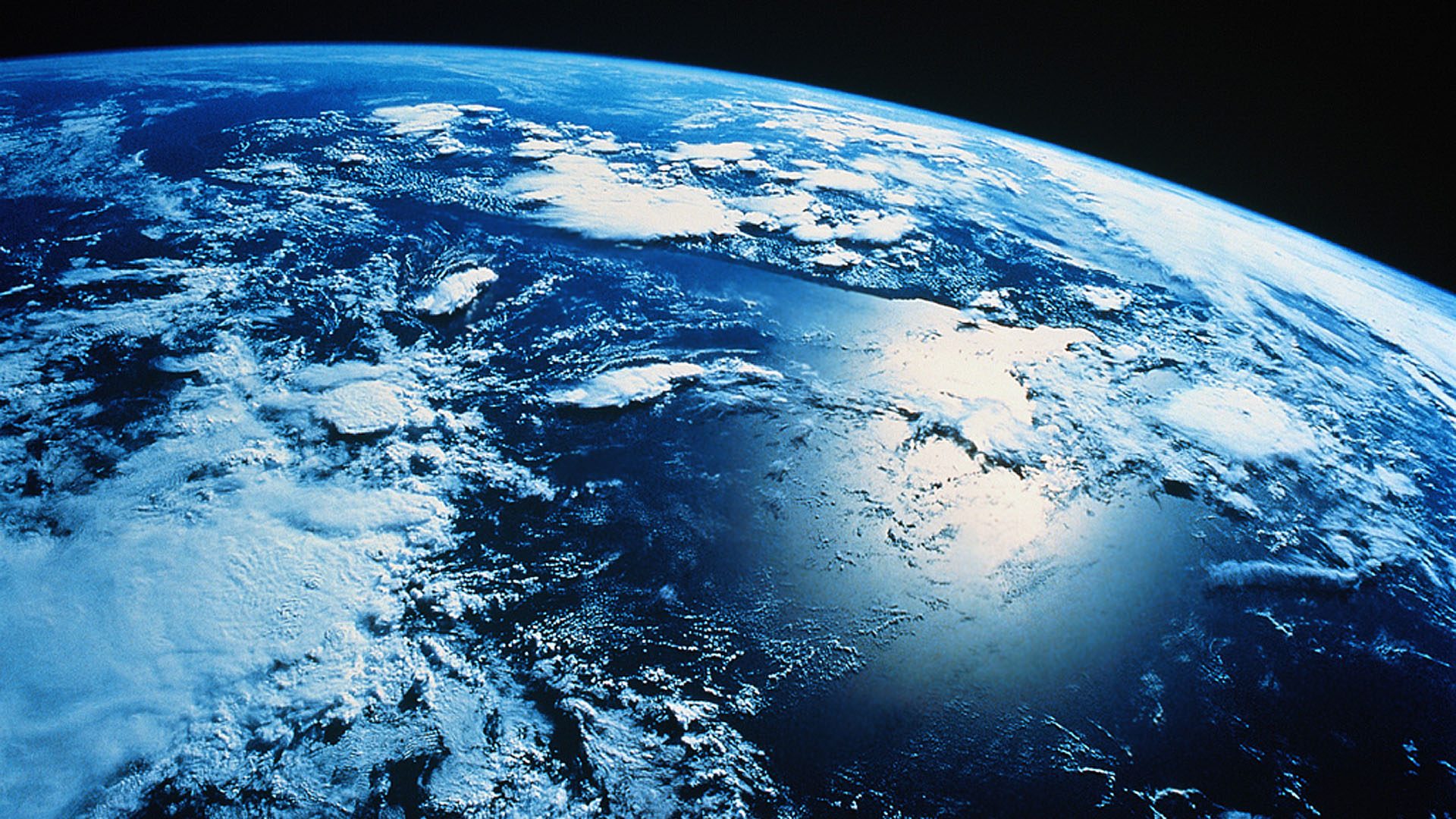It’s common for people to have different reactions to similar situations—like how some despise Mondays, while others willingly embrace it. Or how most students rejoice at the thought of canceled classes, but a select few mourn the missed opportunity to learn new things.
If there is an emotion everyone can collectively get behind, though, it would probably be the dread that sets in when hearing a thunderstorm or a heavy rainfall announcement. Houses, crops, and plans, among others, are at risk of being ruined.
The internet? It could be disrupted for days, maybe even a couple of weeks if the damage is severe. And let’s be real—we’ve all become heavily reliant on the World Wide Web (from academic pursuits to work responsibilities to memes) that a day without it would feel unproductive and disorienting.
Simply put, rainstorms are atop the list of human’s worst enemies. But who would’ve thought that the sun—yes, that ball of warmth and light we usually associate with fine days and fun—can mess with our digital lives more than typhoons ever could?
A solar superstorm, that’s what it is
In an exclusive report by Fox Weather, scientists delve into the possibility of a solar superstorm hitting Earth. But what exactly are solar storms? For the uninitiated, the Northern Lights is a prime example of it. While the sun may appear calm to the naked eye, it’s actually *constantly* brewing solar storm energy.
Solar storms typically involve a duo—solar flares, which can be likened to a muzzle flash; and coronal mass ejections, which are like cannon shots that propel superheated matter toward Earth (and ultimately distort its magnetic field).
Professor Peter Becker of George Mason University—the lead investigator of the project that looks into today’s solar superstorms—revealed that the internet emerged at a time when the sun was relatively calm. It is currently entering a phase of unprecedented turbulence, though, and this could spell trouble for our technological infrastructure. An “internet apocalypse,” if you may.
“[The sun’s] entering a more active time [now],” said the professor. “It’s the first time in human history that [there has] been an intersection of increased solar activity with our global economic dependence on the internet.”
Besides the internet, what else is at risk?
Experts say solar storms are unlikely to cause direct harm to humans, but it poses a major threat—not only to the internet, but to satellites in high orbits in general. Communication devices, navigation systems, radio transmitters, and the power grid all hang in the balance, which can lead to weeks-worth (or even months-worth) of system downtime.
To put a number on it, Becker estimates a (daily) economic loss of 10 to 20 billion dollars in the U.S. alone. That’s a hefty price tag—an enormous dent in the national pocket.
Something similar has already happened before
While it may sound like science fiction, solar superstorms hitting Earth isn’t necessarily a new concept. Becker referred to the Carrington Event in 1859 as the last time a coronal mass ejection reached Earth.
During this event, the telegraph system was severely affected, with sparks literally flying off the telegraph lines. Some operators even got electrocuted due to the unexpected surge in voltage. And here’s the kicker: Back then, telegraph wires were sturdier compared to today’s delicate electronics.
(Another example is the “severe” solar storm that hit Earth in 2015. Luckily, no significant damage was reported.)
So, what does that mean for us now? Well, imagine laying the havoc of the Carrington Event on top of our modern (and very vulnerable) infrastructure. Not to mention, the predicted solar superstorm hitting us this time would be the most massive one yet.
It’s like adding salt to the wound. Electronic switches, establishments filled with closets of delicate electronics, our houses’ smart devices—all of these could be fried.
Good-ish news: We’re not entirely defenseless
Now, you might be wondering, “Is there any way we can dodge this bullet?” Becker and his team are on the case. We (obviously) can’t control the sun’s tantrums, but they’re already working on an early warning system. Picture it as our cosmic weather forecast that gives us a heads-up on potential solar storms.
Becker explained: “We can tell when they’re actually going to head [toward] Earth. And that gives us about 18 hours of warning—maybe 24 hours of warning—before those particles get to Earth and start messing with Earth’s magnetic field.” The professor also emphasized the importance of minutes in these circumstances, as timely responses can mitigate the impact.
In the short term, if a warning is issued, measures such as putting satellites in safe mode and taking transformers offline can help prevent the damage. However, the *real* game-changer lies in the long-term strategy of fortifying the systems—or in Becker’s words, “hardening” the internet.
It involves reinforcing our digital infrastructure to withstand the onslaught of solar storms. But as the professor points out, it’s not as simple as flipping a switch. The process requires financial commitment, trillions of dollars to be precise. And large corporations—despite being major players in the digital realm—may not find it economically feasible to invest in such preventives.
Read more:
Bye, I’m moving to one of these 300 million habitable planets
Here are some local UFO sightings throughout history, for your tinfoil hat thoughts
Come in peace: An interview with UFO expert Dr. Jaime Licauco on local alien sightings
Photo from NASA’s official website
























Comments